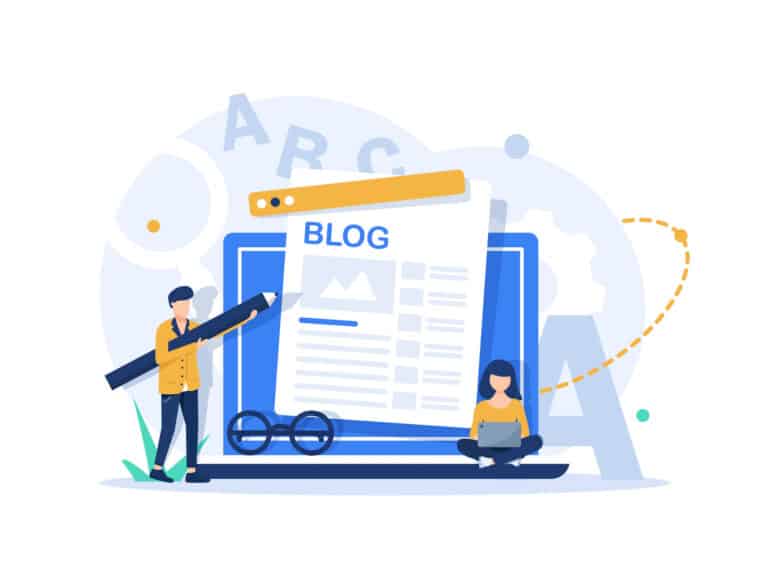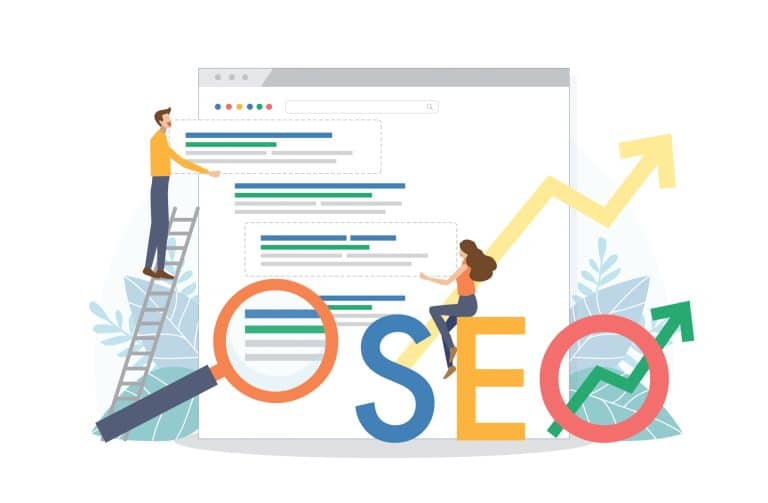Over the next few months, the long-anticipated iOS 14 privacy updates have finally rolled out across Ireland and the UK. You’ve likely already started seeing the changes to your Facebook marketing campaigns. These changes are affecting every business investing in advertising budgets on Facebook and Instagram, and they’re nothing to take lightly. However, that doesn’t mean there aren’t ways to make sure your campaigns are still working for you!
Here’s what iOS 14 means for your business and 4 tips for rolling with the punches:
WHAT IOS 14 MEANS FOR YOU:
Apple, with the release of iOS 14.5, has brought in sweeping new privacy changes. Every app in the App Store – most notably Facebook – now actively prompts users to opt-in or out of data sharing and tracking. Understandably, it’s expected that most users will opt-out. Facebook has publicly stated it doesn’t agree with this change, on the grounds of the damage it will do to small businesses: making it more difficult to effectively deliver ads to the right audiences, measure and report on results, and predict costs over time.
For iOS 14 users who opt-out of tracking, Facebook will be replacing the lack of hard data with statistical modeling to still give advertisers estimates, based on machine learning, of how well campaigns are performing in terms of traffic, conversions, and other KPIs. Numbers will likely look a bit different, though. You can expect to see:
- A lower number of conversions reported: this is due to both delayed reporting, and a change in how credit is given to ads.
- Delays in reporting results: there will be no more real-time reporting, and Facebook has warned advertisers should expect delays of up to 3 days.
- Changes in how credit is given to ads for your campaign’s goals: Facebook used to give credit to ads that were clicked on up to 28 days before the campaign’s goal (like clicks, or purchases) was achieved. So, for example, if someone clicked on your ad 27 days ago and booked a hotel room on your website today, your Facebook campaign would still receive some credit for the booking, depending on your settings. However, the new default is 7 days, and Facebook warns that results may be partial and not include all iOS 14 results. The fewer days, the more accurate the statistical modelling is expected to be, but overall numbers reported will be lower.
- No more demographics: you won’t be able to see breakdowns for conversions by age, gender, region, or placement (platform) anymore.
The long and short of it is that advertisers will inevitably have less visibility and see fewer conversions. They will still be happening, but Facebook won’t have full visibility. You can think of it as a bit of a throwback to traditional advertising: if you put up a billboard, you can make estimates about how many people might see it based on traffic and footfall, but you won’t know the exact number and you won’t know how many customers you got out of your billboard campaign.
4 TIPS FOR MARKETERS TO WORK WITH IOS 14
That’s the bad news out of the way – so what’s the good news? Well, fortunately, there are a few ways to work with and around the change. Here are our top 4 tips for marketers:
UTMS
Ensure that you’re using UTMs, or Urchin Tracking Module parameters, on all campaigns. This will let you see more complete data in your Google Analytics’ campaign report and understand your campaign performance better. You still won’t be able to see the full numbers in your Facebook Ads Manager, and Facebook will still have more difficulty optimizing your campaigns with lower numbers to work with, but at least you’ll get a better idea of the bigger picture.
REMARKETING
Do experiment with different forms of remarketing, as your regular audiences will be shrinking significantly as iOS 14 users are filtered out. You might try uploading your newsletter database, or marketing to audiences who have engaged directly on Facebook rather than just your website visitors.
SET NEW GOALS, BUT KEEP THE OLD
Facebook won’t be able to see as many conversions as it used to, so it will be slower to optimize campaigns – their algorithm needs data to learn what works and what doesn’t. One workaround for this might be to set lower-funnel goals.
So, instead of optimizing your campaign for purchases, you might try setting up a goal for ‘add to cart’ and setting that as your campaign goal. This will let Facebook get a good handle on the audience most likely to take actions from your campaign, even if it’s not your ultimate goal.
TRY SOMETHING NEW!
If you’re not happy with the results you’re getting on Facebook, try a change-up. Consider shifting some focus to direct and personal methods of marketing, like email, or getting the word out on other platforms, like display banners. For advice on what to try and how to try it, don’t hesitate to get in touch.
That’s our current advice for any marketers coping with the shift to iOS 14 – what change are you seeing in your own accounts, and what tips and tricks are you bringing into play? Let us know!






